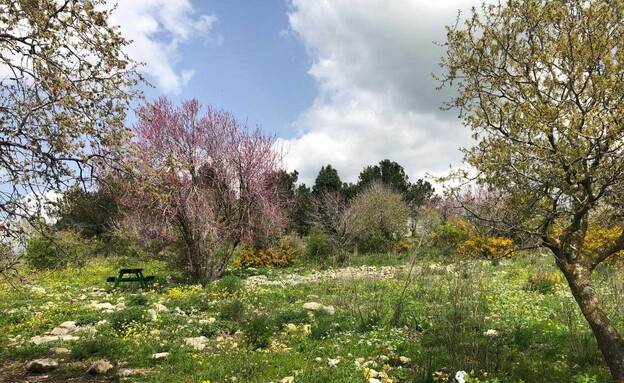“The larvae may be found on the trunks and on the ground, and their stinging hairs are also found in their crumbling nests made of white webs. KKL teams make a considerable effort to reduce this hazard in parking lots, but the larvae are found in most of the pine forests in Israel. Therefore, one should avoid staying and operating in an area suspected of being infected and where there are nests of the roach.”
In Israel it is found mainly in the center of the country, from Carmel to Dimona andYeruhamand also bMatula and in the north Naftali after allbut continues to spread. In the event that skin or eye irritation occurs after visiting pine forests, you should contact your doctor and inform him of your exposure to the larvae of the pine beetle.
Recently we also reported on a hemlock plant that is starting to bloom this season. The plant is considered very poisonous for food and some claim that just standing near it can cause a headache. Its flowering is from April to June, and it can be found in almost every region of the country: from the Golan Heights and the Galilee, the Sharon Road, the Jerusalem Mountains to the Dead Sea Valley.
“For a person who is not a botanist, it is difficult to differentiate between different species of plants that belong to the sukchi family, so I would personally recommend staying away from them and not trying to taste a plant that reminds us of parsley or carrot and we are not sure of its identity,” she says Margareta Walczak, plant ecologist at the Nature and Parks Authority.
